Reducing stormwater pollution, the growing threat to water quality in King County
Find out why polluted stormwater runoff is a threat to regional water quality and aquatic life and learn what King County plans to do to keep the waters clean.
Keeping our water clean is very important for the health of communities and the environment in King County. One of the biggest problems we face is polluted stormwater. When it rains, the water washes away harmful things like motor oil, pesticides, and pet waste into our rivers and Puget Sound.
This pollution is causing big trouble for our native salmon and the southern resident orcas. They are struggling to survive because of it.
The problem is getting worse because of climate change. We're having more intense rainstorms, and all that water is washing even more toxins into our waterways.
To fix this, King County scientists are working with partners to find the best ways to reduce stormwater pollution. They are part of an initiative called Clean Water Healthy Habitat, which aims to make smart investments to protect our water and wildlife.
By working together, we can make a difference and keep our water clean and safe for everyone.
Why polluted stormwater is a growing threat to water quality
Rain is naturally filtered when it falls on undeveloped land.
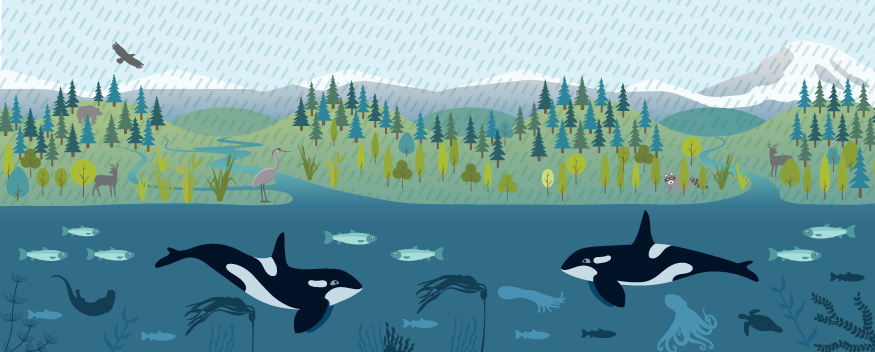
As our region continues to grow, more rain is falling on paved surfaces, pushing more pollutants directly into waterways.
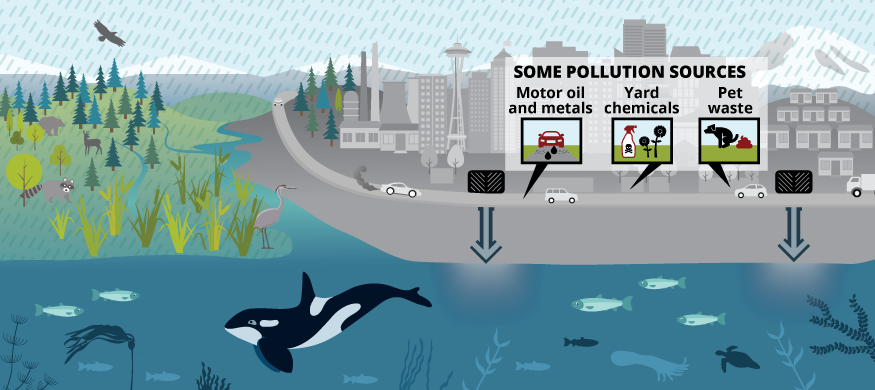
At one time, sewage was the biggest threat to water quality in King County. But over the past six decades, we’ve built a regional system that can treat more than 66 billion gallons of wastewater and stormwater each year.
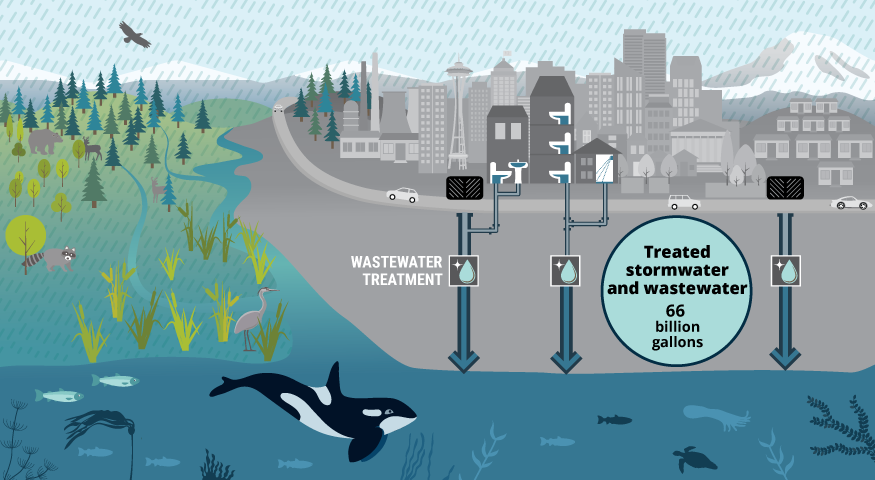
The far bigger threat today is the estimated 118 billion gallons of polluted stormwater that doesn’t get treated, carrying toxins into rivers, lakes, and Puget Sound, threatening survival of native salmon and southern resident orcas.
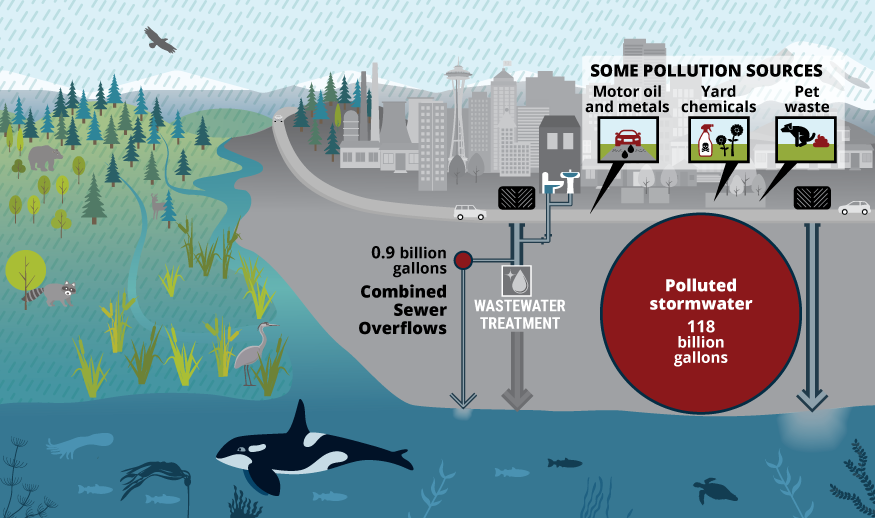
How you can help
There are personal actions you can take to help keep polluted stormwater out of our waterways.


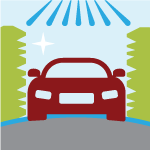
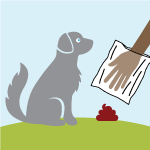

 Translate
Translate